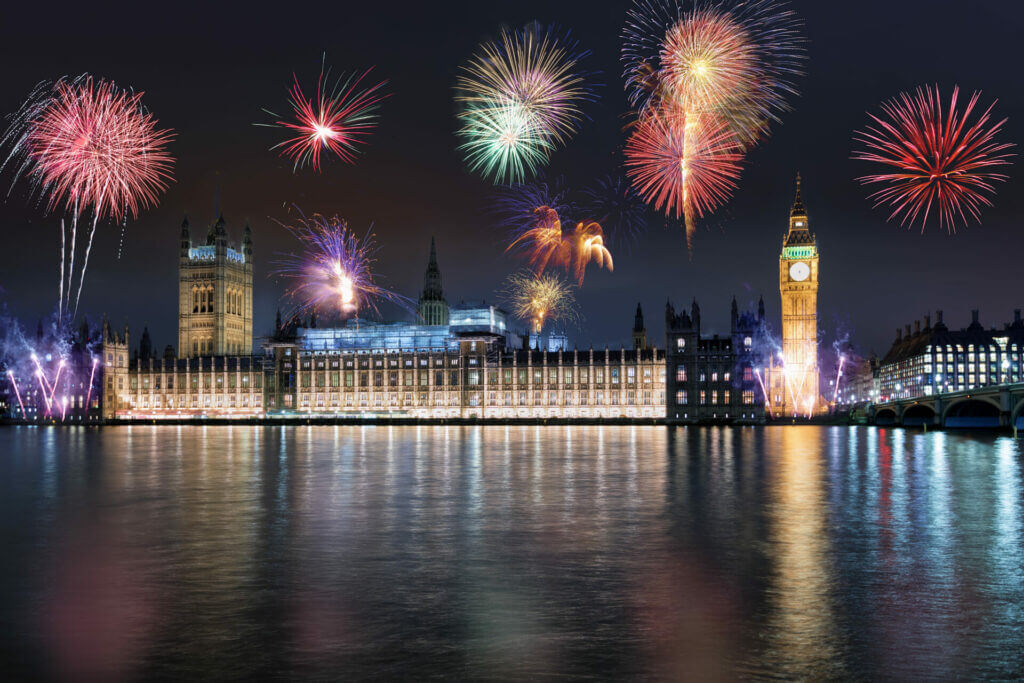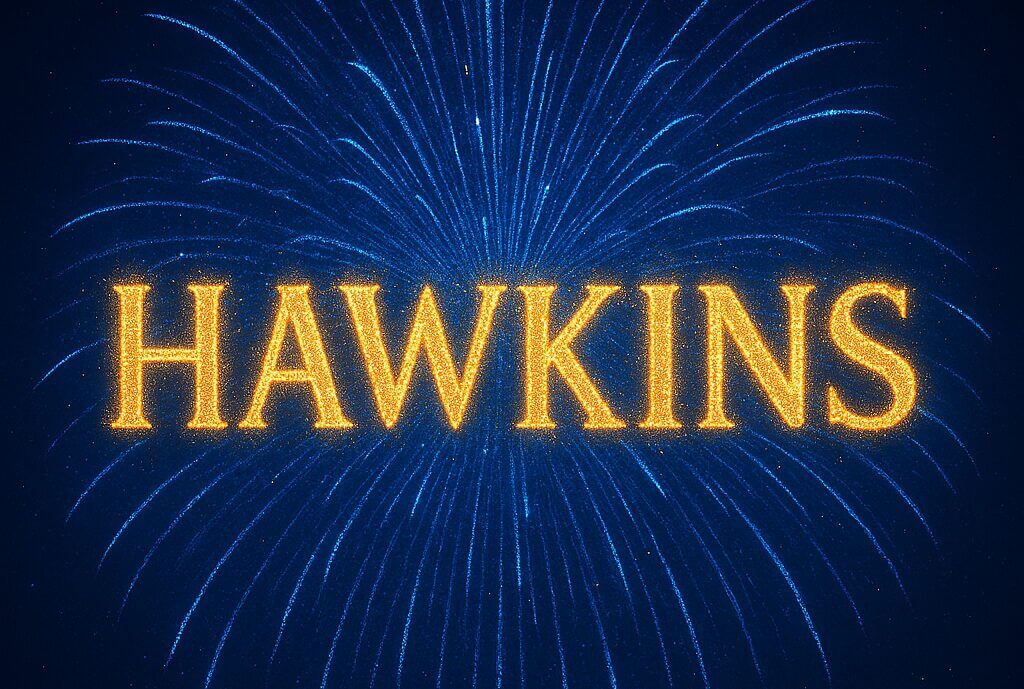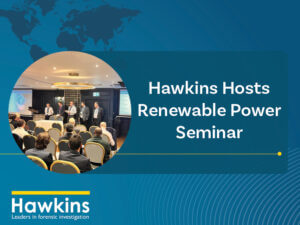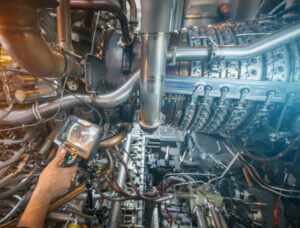Bonfire Night is upon us again, a tradition now over 420 years old, celebrated on November 5th to mark the failed Gunpowder Plot of 1605. Fireworks have been part of the celebrations from the 1650s.
The plot was an attempt by Guy Fawkes and a group of co-conspirators to blow up the Houses of Parliament and assassinate King James I, in the hopes of restoring a Catholic monarchy. The plan was foiled when Fawkes was caught guarding barrels of gunpowder beneath Parliament. In celebration of the king’s survival, people lit bonfires across London, and this evolved into the annual event that we know today, marked by fireworks, bonfires, and the burning of Guy Fawkes effigies.
As November approaches, fireworks become widely available in supermarkets and independent shops. However, if mishandled, they pose serious risks of injury and fire.

Firework Safety Guidelines
Although the act of igniting an explosive for display purposes is inherently risky, accidents are rare when following safety guidelines, such as The Firework Code, published by The British Firework Association (BFA).
Key recommendations include:
- Only buy fireworks from licenced retailers, never from unverified sources like Facebook, Marketplace or eBay.
- Ensure fireworks meet current safety standards.
- Store fireworks in a sealed box or its original packing.
- Never carry fireworks in your pocket.
- Check your firing site can accommodate the safety distance stated on the label of each firework.
- Read and follow the instruction for each firework. Use a torch to read the label in darkness.
- Never return to a lit firework.
- Light fireworks and sparklers one at a time, at the end of the fuse, at arm’s length.
- Use a taper or port-fire to light fireworks, as opposed to a lighter or matches.
- Never throw spent fireworks onto a bonfire.
Legal Requirements
In addition to this guidance, there are also legal requirements that must be considered:
- Fireworks (including sparklers) can only be purchased by individuals aged 18 or over.
- Fireworks cannot be set off between 11pm and 7am. Except Bonfire Night, (until midnight) New Year’s Eve, Diwali and Chinese New Year (until 1:00 am).
- You can legally buy fireworks (including sparklers) from licenced retailers all year round.
- They can be legally purchased from registered sellers for private use on these dates: 15 October to 10 November, 26 to 31 December, 3 days before Diwali or Chinese New Year.
- Violating these laws can result in fines of up to £5,000 and imprisonment for up to 6 months.
Attending Organised Events
Attending an organised Bonfire Night event is the safest and most rewarding way to celebrate. These displays are managed by trained and insured experts, offering larger and more spectacular fireworks that are not available to the general public, making them the ideal choice for families and communities.
Expert Insight: Dr Richard John Fletcher
Hawkins Fire and Explosion expert, Dr Richard John Fletcher, specialises in fire and explosion investigations with a particular focus on fireworks, pyrotechnics, and explosive devices. He has conducted over 1,000 investigations, ranging from small domestic fires to large-scale industrial losses, and has developed innovative methods for presenting witness evidence in complex cases.
Richard’s interest and experience in pyrotechnics is backed by formal training and professional affiliations. He is a member of the Association of Stage Pyrotechnicians, having completed their Practical Pyrotechnics Safety Awareness Course, and has undertaken Explosives Safety & Handling training with the Institute of Explosive Engineers. His training enables him to competently assess incidents involving both consumer-grade fireworks and professional pyrotechnic effects, including those used in theatrical and staged environments.
He regularly analyses the causes of fires and injuries linked to fireworks and is well-versed in legal processes, including the preparation of CPR 35-compliant reports and providing expert testimony in court.
“Fireworks represent a raw example of chemistry in action. The deflagration of the gunpowder, combined with metal salts and a good deal of artistry, creates the wonderful spectacle of sound, light and colour that captivates us.”
– Dr Richard J Fletcher
For those interested in the technical side of pyrotechnics, Richard’s article “Getting Pyrotechnical” explores the lesser-known side of the industry, explaining how pyrotechnics effects are classified, controlled and safely executed. He highlights the importance of proper training, risk assessment and operator awareness, especially when effects are used close to audiences.







